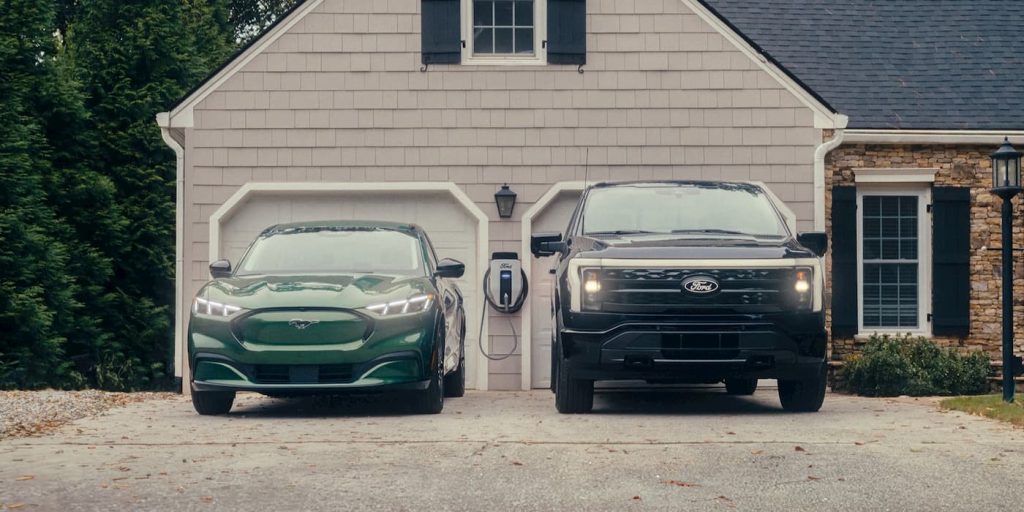
Can Ford really compete with China’s electric vehicles? The American automaker believes it may hold the key to competing with Chinese EV makers. Ford shared a few more details about its upcoming low-cost EV platform and how it plans to keep pace with China.
Ford says its new low-cost EV platform will match China
Remember the “skunkworks” team that Ford’s CEO Jim Farley revealed was working on a new EV platform last year?
Well, it’s not so small, and the secret is out. Led by former Tesla engineer Alan Clarke, the team has grown to around 500 members, many of whom were previously employed at Tesla, Rivian, Lucid, and Apple.
Farley said on the company’s earnings call early last year that the “ultimate competition is going to be affordable Tesla and the Chinese OEMs.” In October 2024, Ford’s CEO said the team is benchmarking costs “against the best competitors in the world,” including those in China.
According to Farley, the first vehicle based on the new platform —a midsize electric pickup —will “match the cost structure of Chinese OEMs building in Mexico.”

During a “candid dinner discussion” last week, Daniel Roeska, Bernstein’s lead automotive analyst, spoke with Lisa Drake, Ford’s vice president of tech platform programs and EV systems, about the new platform.
Roeska wrote in a note to investors (via Axios) that “Lisa Drake was explicit: Ford intends to match the cost structure of leading Chinese players.” The note added, “That means not just battery pricing, but full system cost from chassis and thermal systems to inverters and electronics.”

To cut costs, Ford will use prismatic LFP batteries licensed from China’s leading EV battery maker, CATL. They will be manufactured at a new plant in Michigan.
Drake explained that Ford’s new low-cost EV platform will support eight body styles, including trucks, crossover SUVs, and maybe even sedans. The midsize EV pickup, Ford’s first low-cost model, is expected to look like an electric Ranger.

Roeska explained, “With eight body styles and potential global applicability, it’s intended to underpin Ford’s EV strategy for much of the next decade.”
Ford still has a few hurdles. The new LFP battery plant in Michigan costs about $3 billion, and Ford expects to receive roughly $700 million in federal tax credits to help offset some of the costs. With Republicans aiming to eliminate government subsidies and other incentives for EVs, batteries, and other clean energy projects, it could face an uphill battle.
Electrek’s Take
Can Ford rival China with its new low-cost EV platform? It doesn’t help that the Trump administration is working against it.
After flying Xiaomi’s SU7 from Shanghai to Chicago last year, Farley called the Chinese EV “fantastic” on the Fully Charged Podcast and even said he “doesn’t want to give it up.” Xiaomi has already delivered over 200,000 SU7 models, which was launched just last March.
Farley explained that “You’ve got to get behind the wheel to truly understand and beat the competition.” Ford will have some ground to make up with Chinese EV makers, like BYD, which are quickly expanding into new overseas markets.
FTC: We use income earning auto affiliate links. More.


![Not enough: Corvette concept falls 1,000 hp short of Chinese hypercar hype [video]](https://i0.wp.com/electrek.co/wp-content/uploads/sites/3/2025/08/not-enough.jpg?resize=1200,628&quality=82&strip=all&ssl=1)









